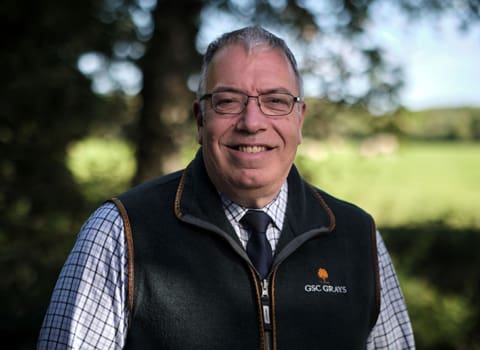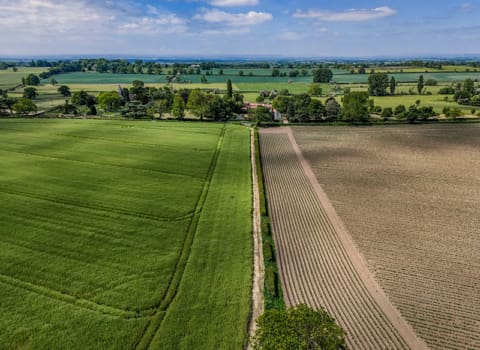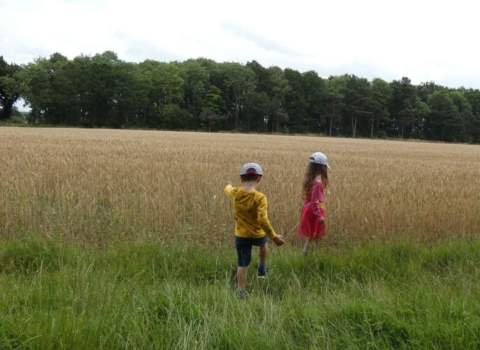Contact our offices
Main office
COLBURN
5 & 6 BAILEY COURT
COLBURN BUSINESS PARK
RICHMOND
NORTH YORKSHIRE
DL9 4QL
Estate Agency Offices are located in
BARNARD CASTLE, BOROUGHBRIDGE & RICHMOND
Residential Management Team
Our Offices
- Alnwick
01665 568310
Email Officealnwick@gscgrays.co.uk - Barnard Castle
01833 637000
Email Officebarnardcastle@gscgrays.co.uk - Boroughbridge
01423 590500
Email Officeboroughbridge@gscgrays.co.uk - Chester-Le-Street
0191 3039540
Email Officechester-le-street@gscgrays.co.uk - Colburn
01748 897630
Email Officecolburn@gscgrays.co.uk - Driffield
01377 337180
Email Officedriffield@gscgrays.co.uk - Hamsterley
01388 487000
Email Officehamsterley@gscgrays.co.uk - Hexham
01434 611565
Email Officehexham@gscgrays.co.uk - Kirkby Lonsdale
01524 880320
Email Officekirkbylonsdale@gscgrays.co.uk - Penrith
01768 597005
Email Officepenrith@gscgrays.co.uk
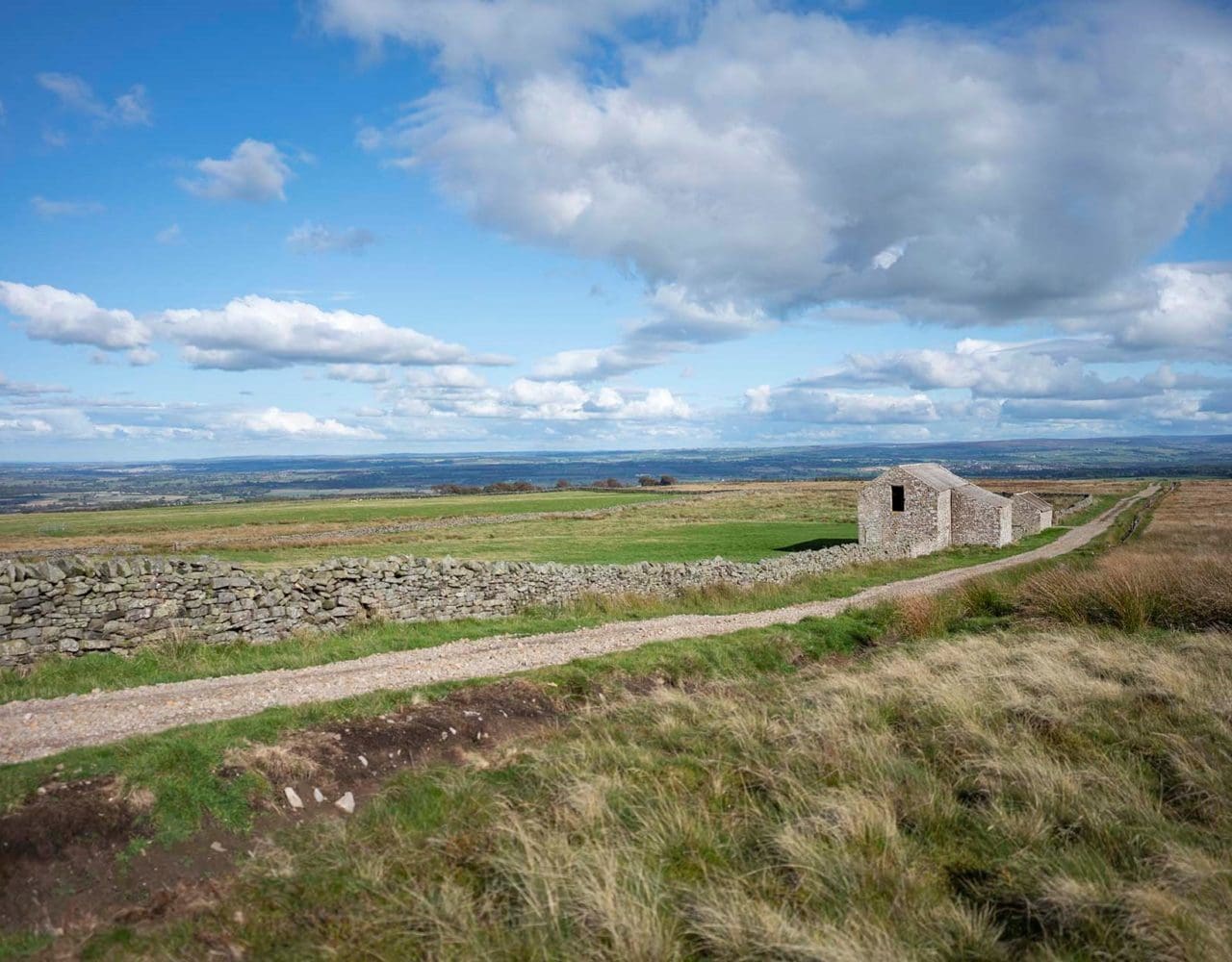
Natural Assets: What are they worth and why does it matter?
Historically, the management of natural features such as freshwater, peat bogs, ancient woodland may have been intrinsic to the success of sporting or farming enterprises, but they are not usually regarded or managed as revenue-generating assets in their own right.
Now the concept of ‘Natural Capital’ has captured the attention of politicians, land managers, and private investors alike, bringing with it some challenging questions: do you know what your natural assets are worth?
Are those assets increasing or diminishing in value as a result of current management? What are the opportunities to generate revenue from those assets? What could you do now to increase the revenue generation potential in the future, or help you to tap into potential funding streams? And is it worth investing in a natural capital account?
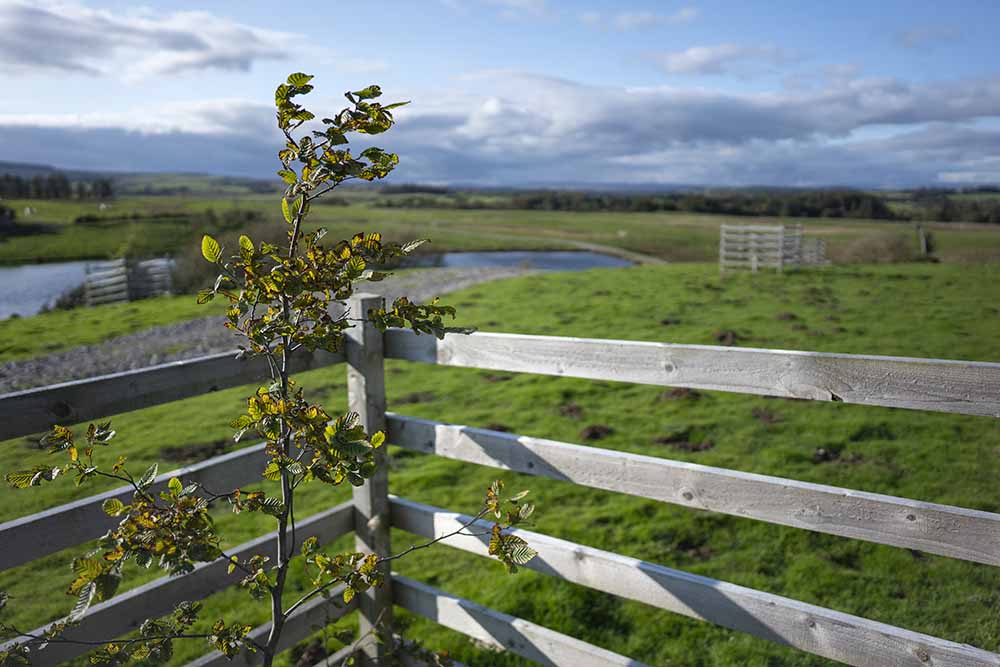
What is Natural Capital?
The phrase ‘natural capital’ may seem to have made a sudden appearance in the vocabulary of landowners, managers, and agents over the past 12 months, but it is not a new concept.
Natural capital is a term coined by environmental economists who have been working out how to quantify and value the components of our natural environment, and the services they provide us with, for decades.
One of the drivers behind the development of natural capital accounting was to increase awareness of the benefits that we derive from the natural world and the costs of environmental degradation by putting it in front of decision-makers, in cold hard figures; if corporations and governments (or perhaps, more importantly, their shareholders or electorate) see the impact that we have on the environment reflected on their balance sheets, they might be more likely to prioritise sustainable management of natural assets in their policy or business decisions.
For landowners, natural capital accounting can serve a similar purpose – it provides a quantitative assessment of your natural assets, their type, extent, and condition, and the flow of ecosystem services that they provide, both in physical (e.g. tonnes of carbon sequestered) and monetary terms (e.g. value of that carbon sequestration service). Natural Capital Accounts can also help you to understand the interdependencies or trade-offs between different ecosystem services, for instance, climate regulation and food production.
The benefits of Natural Capital
If the accounts are executed well, and carefully interpreted, they can be a useful decision-making tool and provide a way of tracking or modelling changes to the natural environment over time as a result of changes to management or land use. This in turn opens-up opportunities to market the resulting savings or gains to public or private beneficiaries. If you can put a number to the ‘public goods’ delivered by a hay meadow or value the carbon sequestered by an acre of woodland, then you are a step closer to marketing those goods and services to a potential buyer, whether that be DEFRA or a multinational company seeking to balance its own natural capital account.
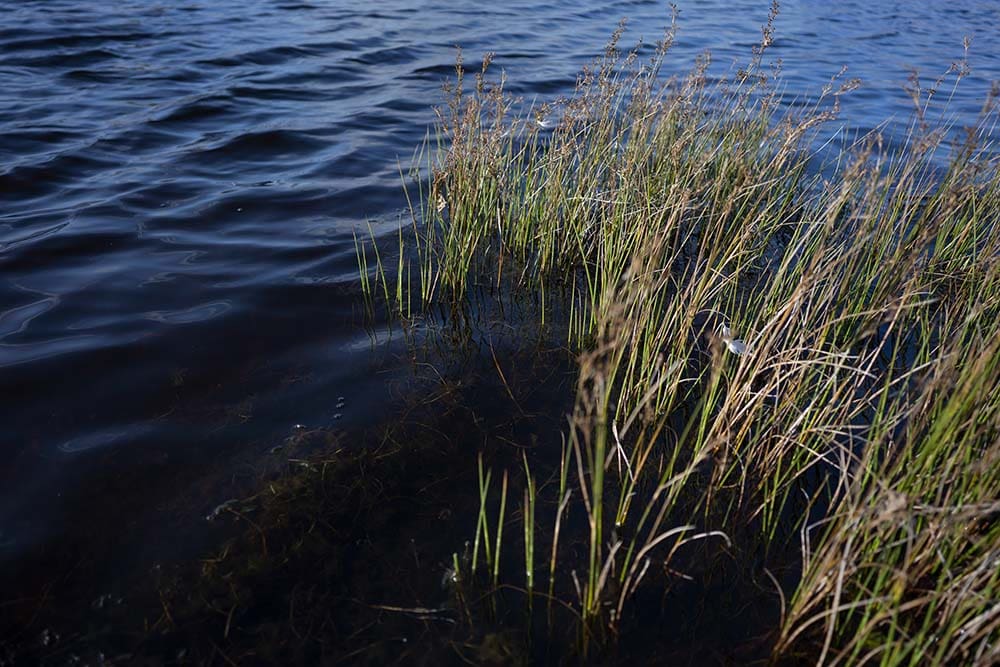
The metrics and methodologies for natural capital accounting do have limitations, particularly when it comes to the assessment of farmland habitats, but the field is developing rapidly, so we may soon see advances that resolve these issues. The process of producing accounts is also becoming more efficient and increasingly automated. This, along with increasing competition between providers, is likely to see the costs of natural capital accounting reduce over the coming months.
Is it, therefore, better to ‘wait and see’ how the field develops, rather than acting now? Perhaps, but as with any type of asset, to manage natural assets effectively, sustainably, and profitably, you must have a good understanding of their value, earning potential, and how your management decisions will impact both of these. Natural capital accounting is one way to begin to understand your natural assets better, but there are alternatives.
Rather than undertaking a wide-ranging natural capital audit, in some cases it is more appropriate and cost-effective to focus on particular areas that are well aligned with your wider business strategy, suit your location and regional priorities, and complement other revenue streams.
We have worked with a number of clients to review or workshop their future environmental management strategy – identifying those opportunities and challenges that are most relevant to their particular business, farm, or estate. These are likely to include a blend of public and private sector funding.
Some projects, such as a move to regenerative farming or large-scale woodland creation, may take years to plan and develop, whereas others such as peatland restoration may build on existing successful schemes. We have found that taking a phased approach, perhaps prioritising engagement with those markets that are currently more developed, can help to ensure that your environmental strategy develops new revenue streams while remaining well integrated with your core business.
Whichever approach is right for you, taking the time now to engage with this rapidly evolving sector will ensure that you are ready to embrace the exciting opportunities it brings.



